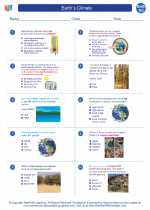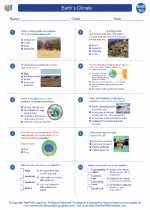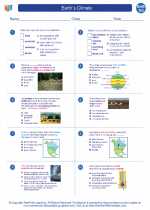Trophic Levels
Trophic levels are the hierarchical levels in an ecosystem, based on the feeding relationships between different organisms. These levels represent the flow of energy and nutrients through the ecosystem.
Primary Producers (Trophic Level 1)
Primary producers, such as plants and algae, form the base of the food chain. They are able to convert sunlight into energy through photosynthesis, and are therefore referred to as autotrophs.
Primary Consumers (Trophic Level 2)
Primary consumers are herbivores that feed directly on primary producers. They are also known as heterotrophs, as they obtain their energy by consuming autotrophs.
Secondary Consumers (Trophic Level 3)
Secondary consumers are carnivores that feed on primary consumers. They obtain their energy by consuming herbivores or other primary consumers.
Tertiary Consumers (Trophic Level 4)
Tertiary consumers are carnivores that feed on secondary consumers. They occupy the highest trophic level in a food chain or web.
Decomposers (Trophic Level 5)
Decomposers, such as bacteria and fungi, break down organic matter from all trophic levels, releasing nutrients back into the environment. They play a crucial role in recycling nutrients.
Study Guide
- What are trophic levels, and how are they defined?
- Explain the role of primary producers in an ecosystem.
- Give examples of primary consumers and their feeding habits.
- Differentiate between a secondary consumer and a tertiary consumer.
- Why are decomposers important in an ecosystem?
Understanding trophic levels is essential for comprehending the flow of energy and nutrients in ecosystems. It also provides insights into the interconnectedness of different organisms within a given environment.
.◂Earth Science Worksheets and Study Guides High School. Earth`s Climate

 Worksheet/Answer key
Worksheet/Answer key
 Worksheet/Answer key
Worksheet/Answer key
 Vocabulary/Answer key
Vocabulary/Answer key
 Vocabulary/Answer key
Vocabulary/Answer key
 Vocabulary/Answer key
Vocabulary/Answer key
